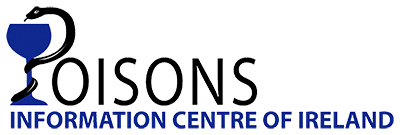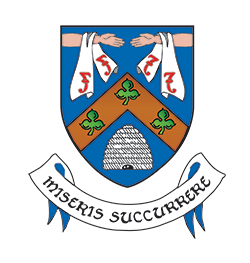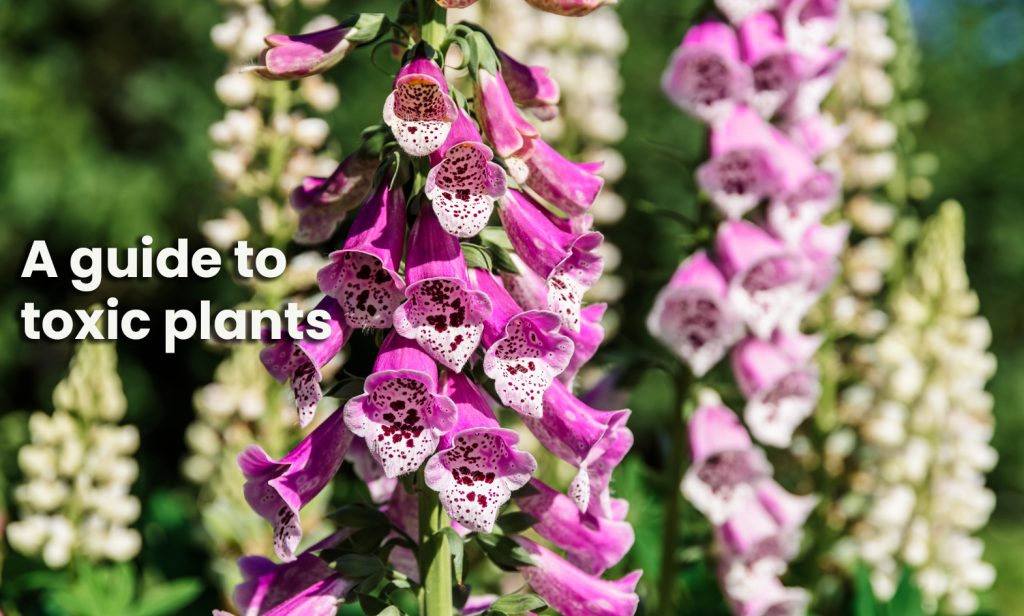
Plants that are considered potentially toxic (poisonous) to humans may cause substantial symptoms, although these are not seen in most cases of accidental ingestion. The risks of developing more moderate-to-severe symptoms increase when larger amounts are chewed or swallowed. For some plants, children and adults will need to be monitored in a hospital emergency department if any amount of plant material is eaten, due to the risks involved. Therefore, it is important to make your garden as safe as possible. Handling some plants and bulbs, and skin contact with the sap may sometimes result in redness or rash.
The list of flowers and shrubs below contains some well-known plants that are considered toxic. If you have young children in your home or childcare facility, you may wish to avoid growing these plants, or take steps to prevent access to them. Supervision of children is the best way to ensure that accidental poisoning does not occur. If poisoning is suspected, call the Poisons Information Centre on 01 809 2166 for prompt advice.
Please note the list below contains a selection of some widely known toxic plants that flower at different times of the year. The list does not include every plant available for each season. The photos included here are for illustration purposes only and should not be used to fully identify a plant.
Here are some tips to ensure your garden is safe for young children
- Teach children to always ask an adult if something is safe to eat.
- Teach children not to put any part of a plant into their mouths.
- Don’t encourage play where children make ‘tea’ or ‘perfume’ with plants and flowers growing in the garden
- When choosing plants for your garden, read the label to see if there are any warnings about the plant and ask garden centre staff for advice. The UK’s Horticultural Trades Association has produced a list of potentially harmful garden and house plants https://hta.org.uk/potentiallyharmfulplants
- It is a good idea to keep the plant label safe so that you will have a record of the plant’s name if accidental poisoning is suspected.
- Wear gardening gloves and always wash your hands after handling plants.
- Call the Poisons Information Centre on 01 809 2166 for advice if accidental poisoning occurs. Sometimes symptoms may be delayed so it is a good idea to call for advice on what things to look out for.
- Don’t rely on Plant Identification Apps on mobile phones when looking for information on plants as they’re not 100% accurate.



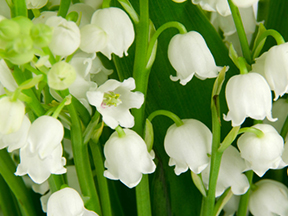
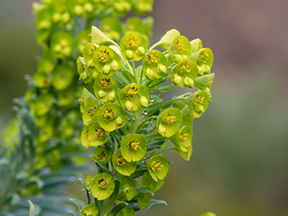
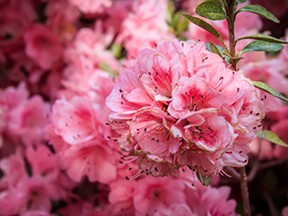
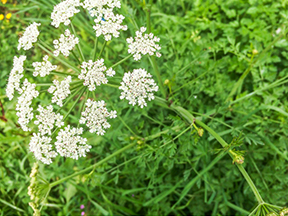

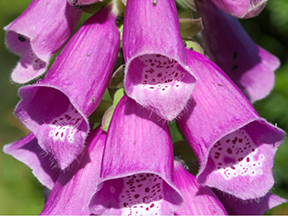
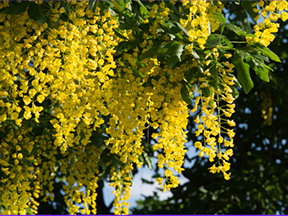
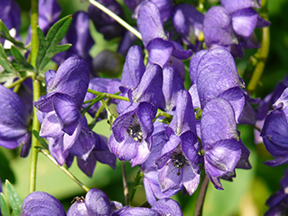
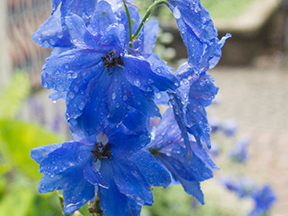
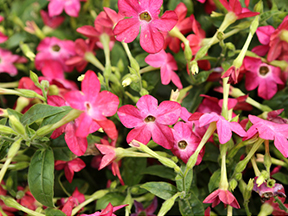
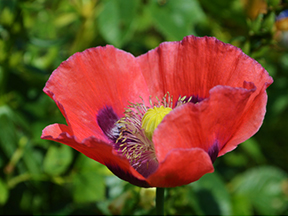

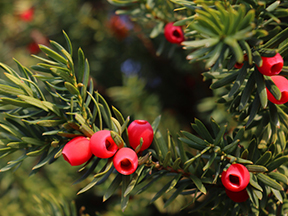
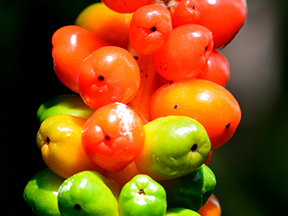
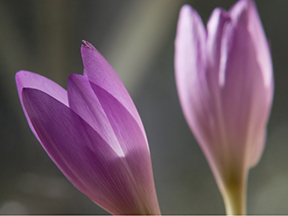

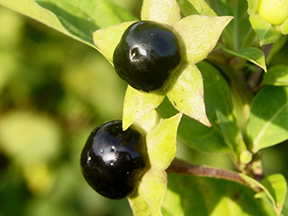
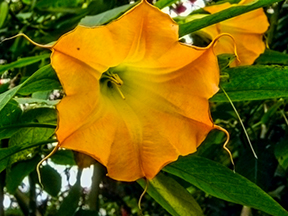

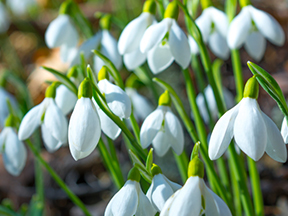
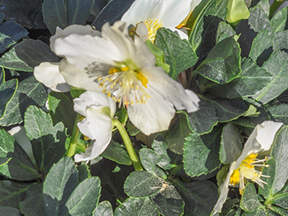
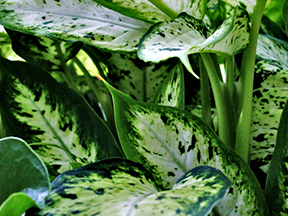
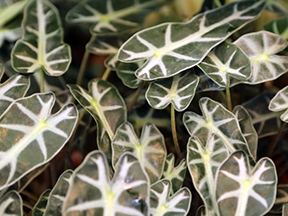
References
- Poisonous Plants: A Guide for Parents & Childcare Providers by Dauncey, Elizabeth A. Published by Royal Botanic Gardens, Kew (2010)
ISBN 10: 184246406X ISBN 13: 9781842464069 - The 2022 Horticultural Trades Association (HTA) list of potentially harmful plants
- TOXBASE® © Crown copyright 1983-2023
Acknowledgement
Thanks to Elizabeth Dauncey for her help and expertise with the preparation of this document.
©The National Poisons Information Centre of Ireland 2023
